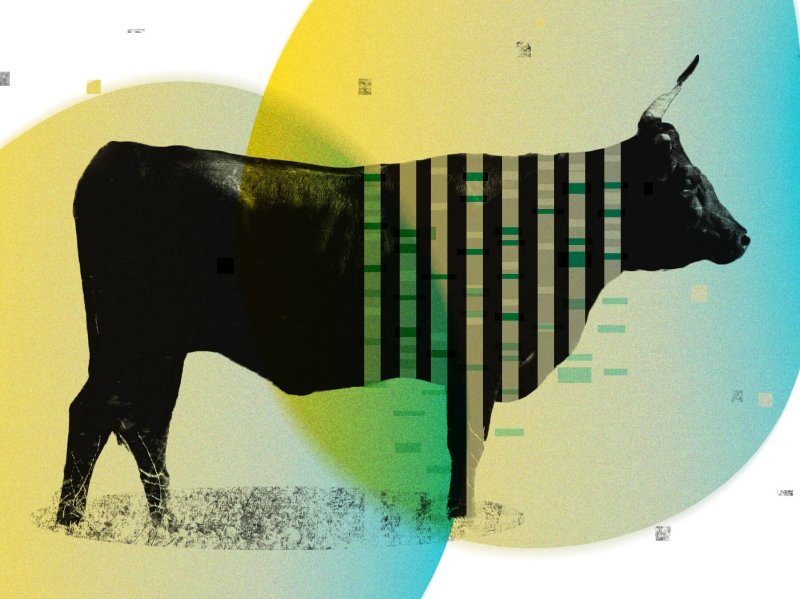In order for gene editing in agricultural animals to “unleash enormous gains in productivity,” a remodeling of the federal landscape is imperative, experts conclude.
The panel, convened by the American Association of Veterinary Medical Colleges (AAVMC) and the Association of Public and Land-grant Universities (APLU), has spent the past 18 months studying this issue and recently released the “AAVMC/APLU Gene Editing in Agriculture Task Force Report.”
Follow the latest news and policy debates on sustainable agriculture, biomedicine, and other ‘disruptive’ innovations. Subscribe to our newsletter.
The report offers these recommendations:
- Update the existing FDA regulatory framework (currently based upon processes established for transgenic technologies that are out of step with state-of-the-art gene editing technologies) and develop a coordinated, streamlined, fact-based, and cost-effective assessment and approval process between the USDA and FDA to ensure safe food.
- Develop an evidence and logic-based decision-making protocol for gene editing applications that is regulated separately from transgenic-based GMOs which result from the integration of recombinant DNA.
- Develop streamlined assessment and approval processes that categorize gene editing applications based on: a) the type of genomic change being created, b) the method used for creating the genomic change, c) the impact on the welfare of the animal, and d) the potential for negative impact on the environment.
- Develop a regulatory channel for approval of gene-edited agricultural animals with genomic structures that could have arisen in nature as safe for human consumption.
Read the original post































